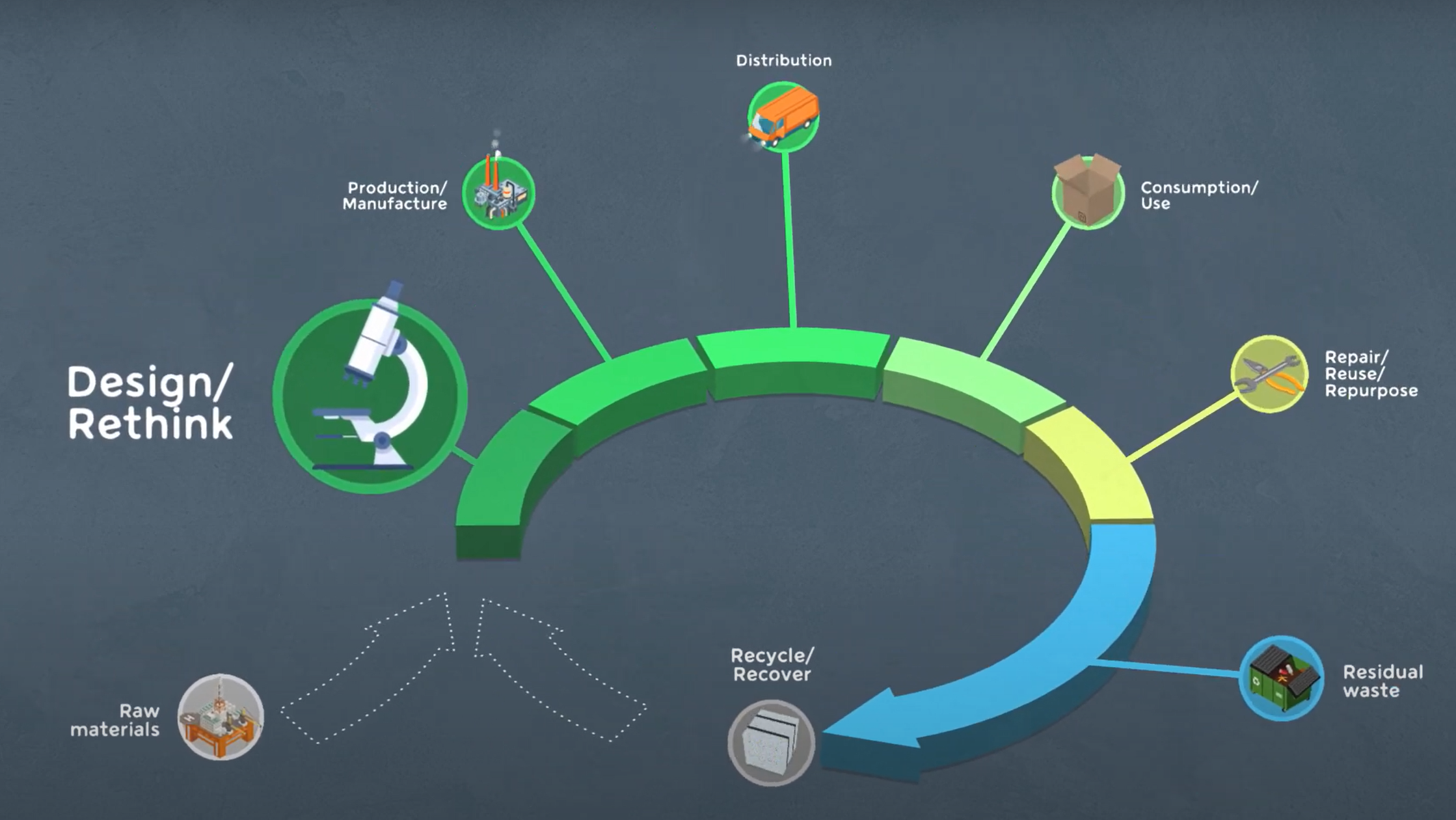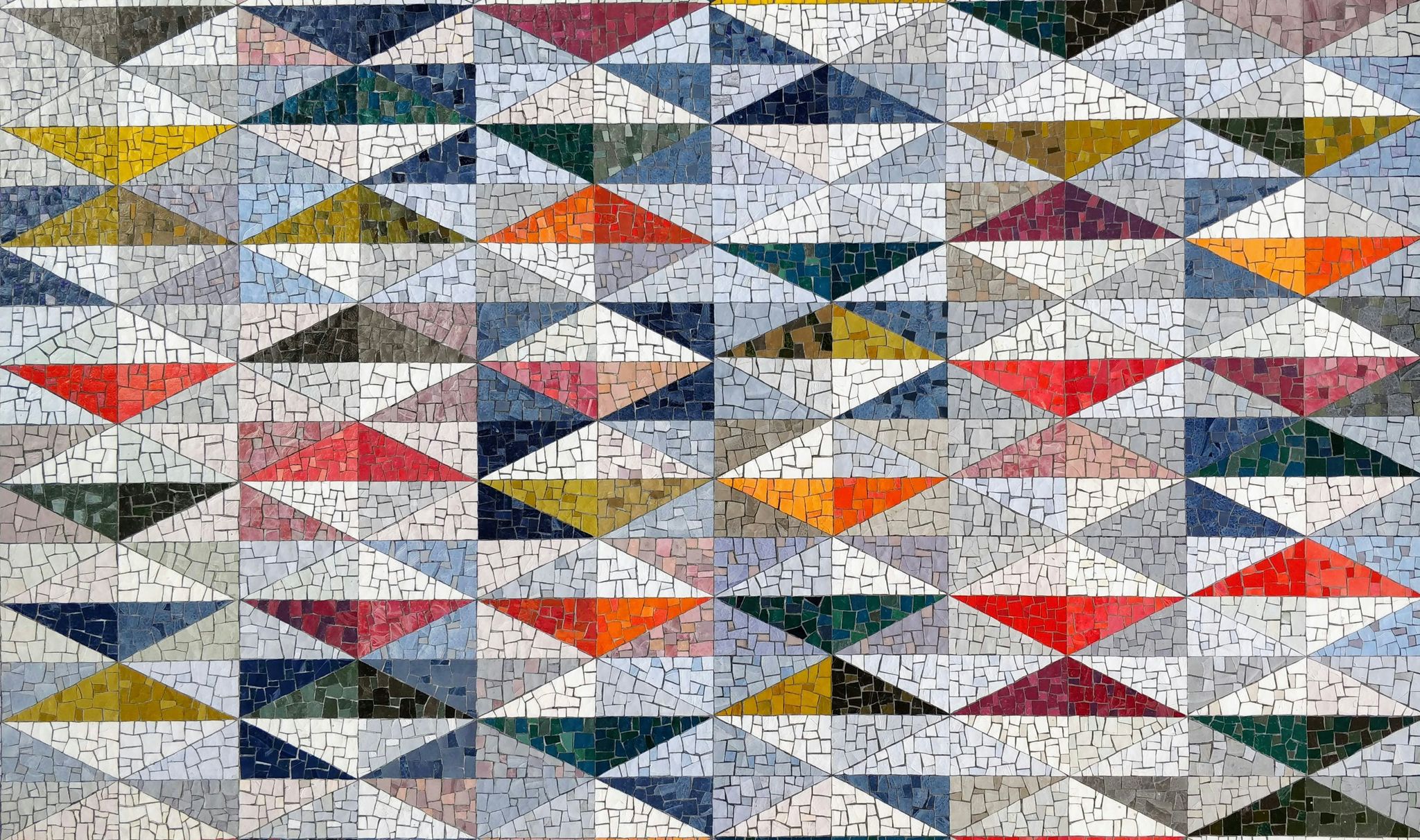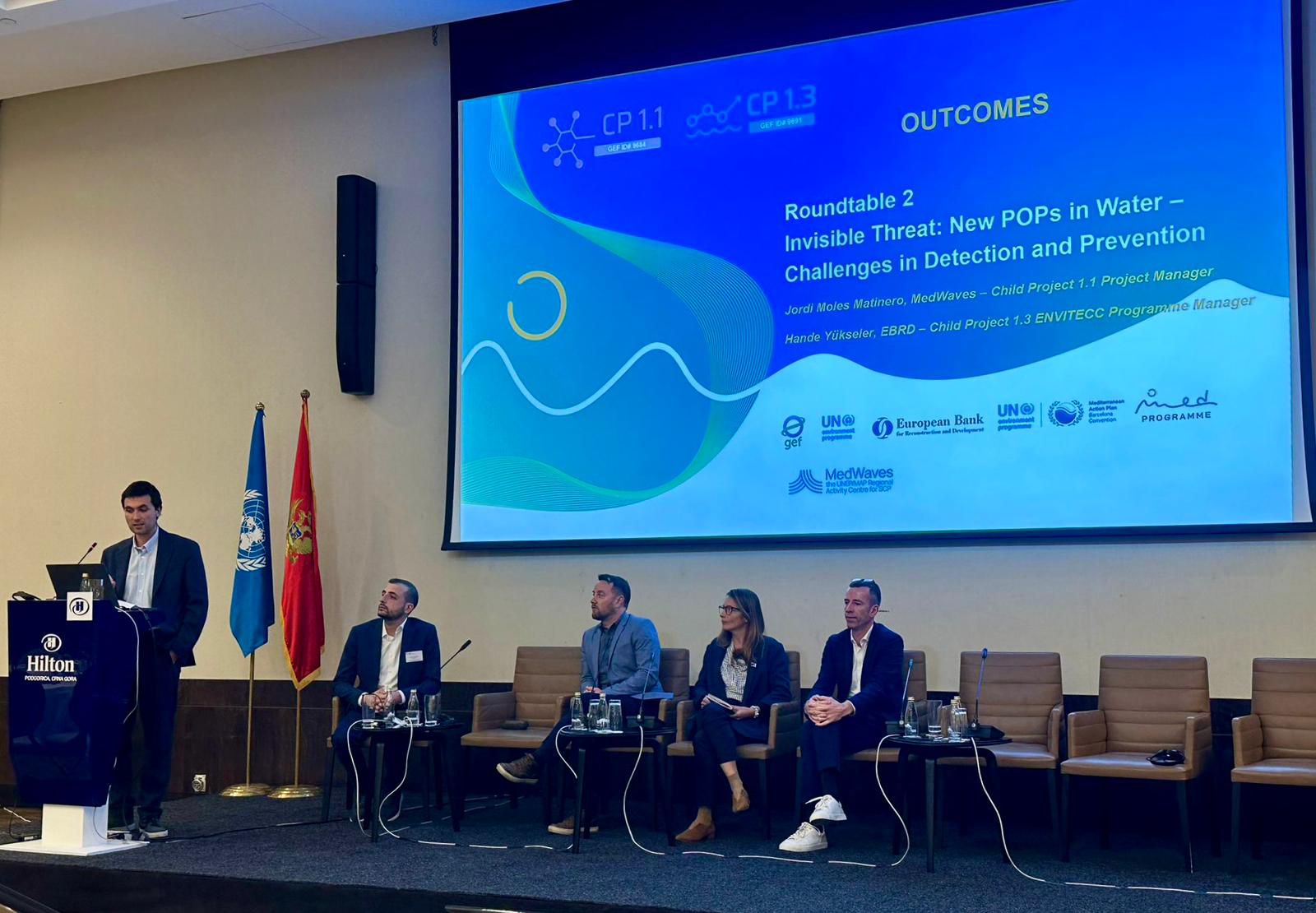Facing What We Barely See: Innovative Solutions to address Chemical Pollution
The challenge of addressing toxic chemical pollution can be daunting. Preventive approaches make it possible to address the hidden dangers of plastic and chemicals lurking in everyday products. Embracing the circular economy is how we shift to sustainable consumption and production. Our new video: ‘Cutting out toxicity: how can we do it in a circular economy?’ illustrates how we can Grow from What We Know and make important decisions for the health of people and the planet.
New Video: Watch it here now!
Prevention is our best path toward a sustainable future. By avoiding toxic chemical use, it is possible to avoid the enormous costs of remediation or eliminating hazardous waste once chemical pollution is generated. MedWaves is helping to make the invisible visible, providing the much-needed insights we all require to make informed empowered decisions and to innovate how we do business.
MedWaves convenes synergies, working across policy and with businesses, to inspire a wave of support for transformative circular economies. Kim de Miguel, Project Manager at MedWaves explains: “Solving challenges is a strong motivation for the policy area at MedWaves, we believe in protecting the environment and human health from the ever-increasing number of toxic chemicals in the market which is why we dedicate great efforts to the promotion of safe alternatives and related prevention strategies.”
The Power and Potential of a Circular Economy
The business approach to prevention is design. During the design phase of development, it is possible to consider the entire product life cycle: reducing the toxic chemicals used as material, as well as energy resources required, as a way to reduce the overall footprint. In order to be effective and truly innovative, we must Grow From What We Know. A sustainable future relies on designing products that are free of toxic chemicals.
Persistent Organic Pollutants (POPs) are chemicals that remain in the environment for long periods of time. Exposure to POPs can lead to serious health effects including certain cancers, birth defects, dysfunctional immune and reproductive systems, greater susceptibility to disease and damages to the central and peripheral nervous systems. These pollutants can become widely distributed geographically, accumulate in the fatty tissue of humans and wildlife, and have harmful impacts on human health and the environment. In order to prevent the inclusion of chemicals, we have to be able to recognize them.
Children’s toys, food packaging, e-waste, and textiles like carpets and furniture have all been found to contain hazardous chemicals that can be released into the environment during recycling, incineration, or disposal. Unfortunately, inadequate recycling regulation, lack of transparency from manufacturers, and poor labelling practices perpetuate this issue, making it difficult for consumers to make informed decisions.
MedWaves ensures that new sustainable business solutions can succeed in developing our toxic-free future. The GEF-funded Mediterranean Sea Programme and the Switchers Support Programme are initiatives contributing to the 2030 Agenda for Sustainable Development and its SDGs by creating and enhancing sustainable businesses. The Switchers, businesses implementing innovative ecological and social solutions that contribute to a switch to sustainable and fair consumption and production models, are supported at every stage of development.
Life cycle assessment tools provide frameworks to understand and measure the environmental, social and economic attributes of a product. The assessment is often used for circular economy thinking and decision-making and compliance reporting, and can be leveraged to support marketing claims and improving corporate image. When avoiding endocrine disruptors and POPs in the design of new products, it is important to avoid related chemicals that are in the same family, otherwise known as a regrettable substitution. There is an ongoing demand to address this challenge with safe alternatives.
Design-as-prevention must also consider the end of a product’s life. Extended Producer Responsibility (EPR) policies address the significant level of responsibility for the impacts on health and environment incurred by the products throughout the product life-cycle, including upstream impacts inherent in the selection of materials for their products. The circular economic model aims to place products back into a supply chain through recycling or repurposing. However, re-use, incineration and landfills all carry associated risks. Recent mapping of chemicals pollution in Europe have found toxic levels of chemicals in food and water. To avoid chemical pollution, robust regulations of chemicals are key.
Enabling the Shift: Policy Environment
The ability to move beyond ‘business-as-usual’ towards disruptive innovation requires an enabling environment. In order to empower truly toxic-free and circular economies that prevent and reduce pollution from toxic chemicals, cross-cutting strategies are needed to engage governments, businesses, entrepreneurs, civil society organisations, researchers and experts.
MedWaves works in this intersection: tying together a regional framework with a global agreement. Our platform supports the development of joint solutions addressing shared environmental challenges. MedWaves evolves from the Barcelona Convention and the Stockholm Convention on Persistent Organic Pollutants (POPs). From policy to practice, we engage stakeholders and innovate our collective future.
MedWaves operates as a regional centre for the Stockholm Convention on Persistent Organic Pollutants (POPs), the global treaty protecting human health and the environment from POPs. Our approach to providing support relies heavily on supporting eco-innovation. In this global context, the original 12 POPs identified, known as the “Dirty Dozen” have expanded to cover new industrial chemicals, several of them used in plastic production. The European chemicals regulation is starting to shift from a chemical-by-chemical basis to address ‘families’ or groups of chemicals, making it easier to identify and avoid the regrettable substitutions
Magali Outters, Team Leader of the Policy Area shares: “MedWaves has been supporting countries around the Mediterranean basin for over a decade, by providing technical support to policy makers in achieving compliance on their commitments under the Stockholm Convention, we strive to deliver forward-thinking advocacy, awareness raising activities and providing educational materials, in particular on chemical additives used in plastics, such as these short-animated videos.”
Our collective future requires coordinated action from every stakeholder: We Are The Wave. Stay connected by following us on our YouTube channel and social platforms.













